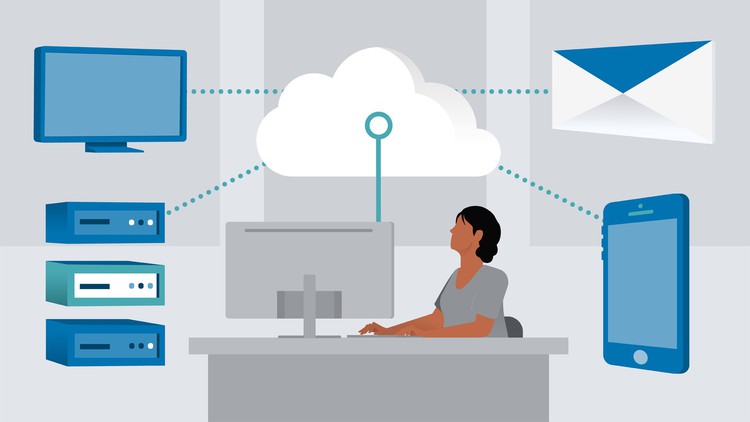Snowflake Administrator Certification Advanced Exam!!
Take your Advance Step in the Snowflake Data Cloud journey!
3.94 (16 reviews)

211
students
130 questions
content
Jun 2024
last update
$59.99
regular price
Why take this course?
6.0 Domain: Security and Compliance
6.1 Manage Snowflake security settings and features.
- Implement role-based access control (RBAC) within Snowflake, including the creation of roles and privileges.
- Describe the use of secure data sharing and how to protect sensitive information.
- Manage user authentication methods (e.g., two-factor authentication).
- Configure fine-grained access controls and describe their importance in securing sensitive data.
- Implement Snowflake's data-level security features, including masking, to safeguard sensitive data.
- Describe how to use Snowflake's support for Kerberos and other authentication protocols for secure access.
- Manage encryption settings, including at-rest and in-transit encryption.
6.2 Manage database compliance and adherence to legal standards.
- Identify and describe the compliance certifications relevant to Snowflake (e.g., GDPR, HIPAA).
- Describe the mechanisms within Snowflake that assist with maintaining compliance standards (e.g., data retention policies, audit logs).
- Manage data privacy settings according to legal requirements.
- Outline the procedures for handling data subject requests, such as data access or data deletion, in accordance with regulations like GDPR.
- Implement Snowflake's features that support compliance efforts, such as Data Protection Officer (DPO) capabilities or audit history.
6.3 Monitor and respond to security incidents.
- Describe how to configure and use Snowflake's auditing and logging features to detect suspicious activities.
- Outline the process for responding to a detected security incident, including steps to investigate, contain, and remediate the issue.
- Manage user activity monitoring and alerting mechanisms within Snowflake.
- Describe how to implement and manage Snowflake's Network Detection System (NIDS) integration for advanced threat detection and response.
6.4 Manage data retention policies.
- Implement data retention policies within Snowflake, including automatic purging of data based on user-defined time periods.
- Describe how Snowflake's Time Travel feature supports data retention strategies and compliance requirements.
- Manage data lifecycle management to ensure that data is retained as required by legal or organizational policies.
6.5 Implement and manage Snowflake's advanced security features.
- Configure Snowflake's Advanced Threat Protection (ATP) capabilities.
- Describe how to use Snowflake's Data Reidentification Monitoring for detecting data exposure risks.
- Manage Snowflake's dynamic data masking features to protect sensitive data in real-time.
- Implement column encryption and key management best practices to secure data at rest within Snowflake.
6.6 Conduct regular security audits and compliance reviews.
- Outline the steps for conducting periodic security audits of Snowflake environments.
- Describe how to use Snowflake's query history and audit logs to review user activities and detect any anomalies or policy violations.
- Manage third-party audits and ensure that all compliance requirements are met.
- Implement regular reviews of security configurations and make necessary adjustments based on evolving threats and compliance demands.
Loading charts...
5300358
udemy ID
30/04/2023
course created date
15/05/2023
course indexed date
Bot
course submited by